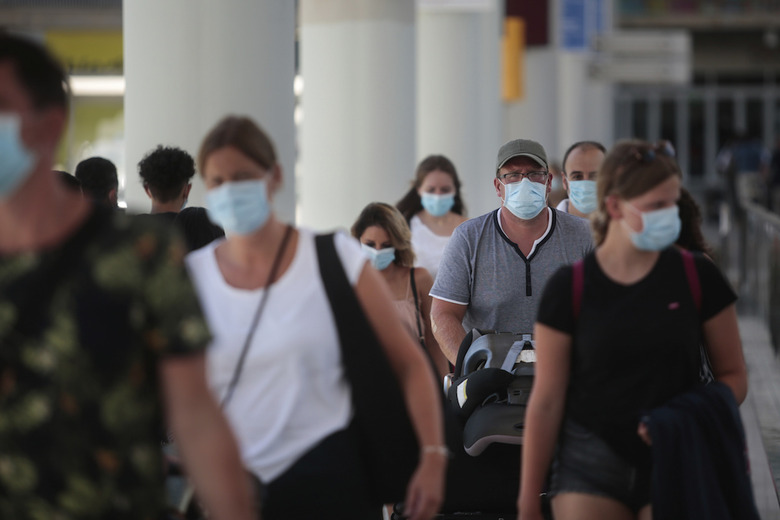Coronavirus Patients Are Finding That Some Symptoms Simply Aren't Going Away
- Many coronavirus survivors experience lingering symptoms even months after their initial diagnosis.
- The most common coronavirus symptoms likely to linger include fatigue and aches and pains.
Now that we're a few months into the coronavirus pandemic, it's become abundantly clear that COVID-19 is far more aggressive than doctors and medical researchers initially gave it credit for. In the early days of the pandemic, it was believed that the coronavirus simply attacked a person's lungs. Fast forward a few months and we now know that the coronavirus can sometimes attack all of a person's major organs, wreaking havoc across the entire body in the process.
We brought you up to speed on the scary coronavirus symptoms the CDC isn't telling you about, but that's not all that makes COVID-19 a particularly nasty virus. COVID-19 can cause lingering symptoms for months after recovery — and sometimes they're quite serious. A CDC report published in late July revealed that people who test positive for the coronavirus can sometimes experience the following symptoms even months after the initial diagnosis: fatigue, cough, congestion, dyspnea, loss of taste and smell, chest pain, and confusion. Some of the coronavirus symptoms least likely to linger include vomiting, fever, and nausea.
The number of people with positive coronavirus diagnoses has grown so large that there's even a name to describe them: long haulers.
At this point, it remains unclear if lingering COVID-19 symptoms are the direct result of the virus itself or, perhaps, a manifestation of problems that occur due to the coronavirus' penchant for attacking vital organs like the kidney and liver.
"This tells us that this virus is a little different than others," Dr. Todd Rice at Vanderbilt University said. "It probably causes more damage and because of that it has longer residual effects."
According to The Healthy, some of the more common coronavirus symptoms that keep appearing in otherwise recovered patients include fatigue, trouble breathing, general aches and pains, and cognition issues. Notably, these symptoms align with what doctors in Israel starting seeing a few weeks ago.
A Times of Israel report from late July reads in part:
[Pain] can appear in the arms, legs, or other places where the virus doesn't have a direct impact, and if you ask about the pain level on a 1 to 10 scale, can be 10, with people saying they can't get to sleep," said Eran Schenker, director of the month-old clinic in Bnei Brak run by Maccabi Healthcare Services. "It's something which we're starting to see much more in the last week."
While it's too early to know what long-term damage the coronavirus causes, early indications suggest that some survivors will experience reduced lung capacity and a host of aches and pains throughout the body.
The Healthy observes:
Recovering patients have also reported muscle and body aches, says Robert Glatter, MD, an emergency physician at Lenox Hill Hospital in New York City who treated Dr. Krakower. Overall, more than a quarter (26.5 percent) of respondents in the Indiana University survey said they had symptoms that caused pain. Not just muscle or body aches but also joint pain, headache, chest pain, sore throat, low back pain, nerve pain, and kidney pain.
The survey notes that patients' comments "show that this pain can be extreme and difficult to manage" and that doctors often didn't know how to treat them.
Touching on the topic a few weeks ago, Dr. Mike Ryan of the World Health Organization said: "A lot of work is going now to see whether people have been reinfected or whether it's just a chronic part of the condition."
As to an explanation behind lingering symptoms, some doctors speculate that it could be a person's immune system still operating at full tilt even after the virus subsides. There is also some speculation that the virus may accentuate previously undiagnosed conditions.
